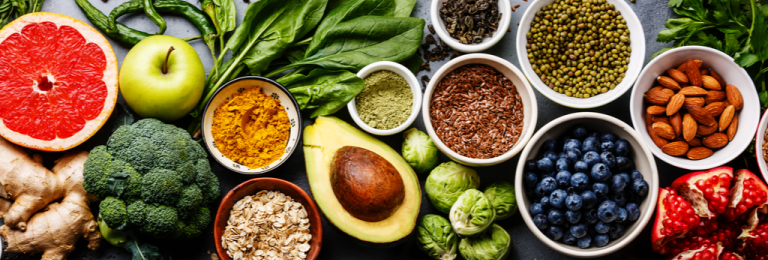What is Food Literacy?
Food literacy is about developing positive attitudes, skills and knowledge about food. Food literacy is teaching about food and developing children’s healthy relationship with food, from land to table.
Food preferences are formed early in life.
Learning about food can prepare young children for a lifetime of healthy eating by equipping them with the beginning skills to grow, select and cook food.
The more children understand about food, the more likely they are to try new foods and eat a healthy diet. Keep in mind though, for this age group, we do not want to teach children about nutrition—they will learn that when they go to school. Instead focus on understanding where our food comes from, the sensory properties of food, what different people and animals eat around the world and how to prepare and eat food safely.
Understanding where our food comes from:
Help children learn that food does not just come from the kitchen or grocery store. Explore where and how food grows and how it is prepared and eaten. This can be done through stories, arts and crafts, positive mealtime conversations and other curricula. Check out our many resources to Learn About Fish, Crabs and so many more wonderful foods:
Positive mealtime conversations:
Avoid pressuring children to eat and instead focus mealtime conversations on more positive topics like what we are eating or what is going on in our lives.
• Make a game of sharing the good (and possibly harder) parts of our day
• Keep the conversation positive with these tips
Getting kids involved in cooking and gardening:
Children can be included in meal preparation from the earliest age. Check out our resource on tasks based on age/stage of the children: Cooking with Kids
Children also benefit from learning about the art and science of growing plants, especially food: Garden with Kids
